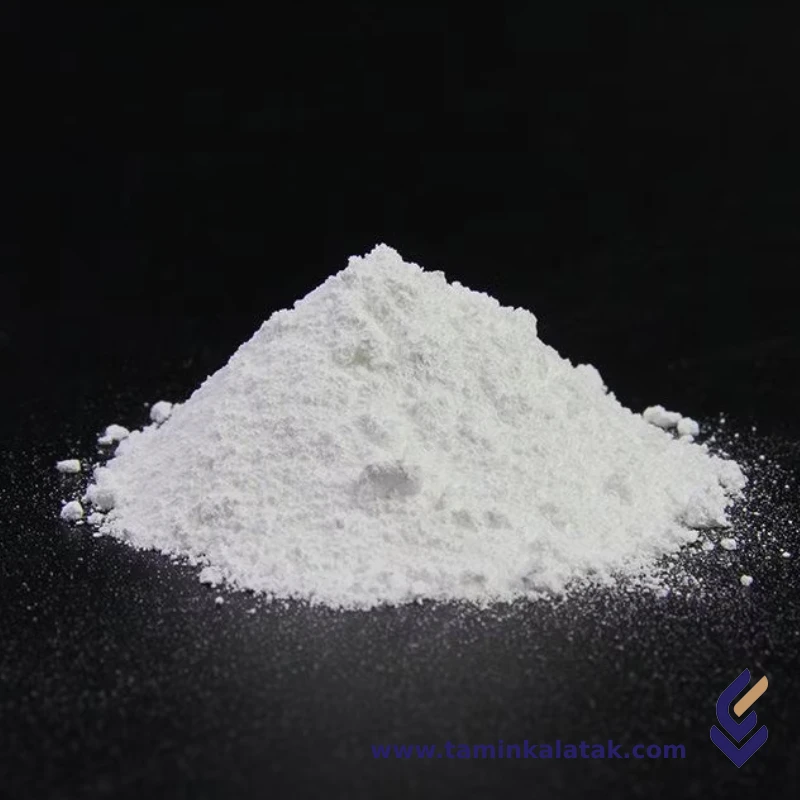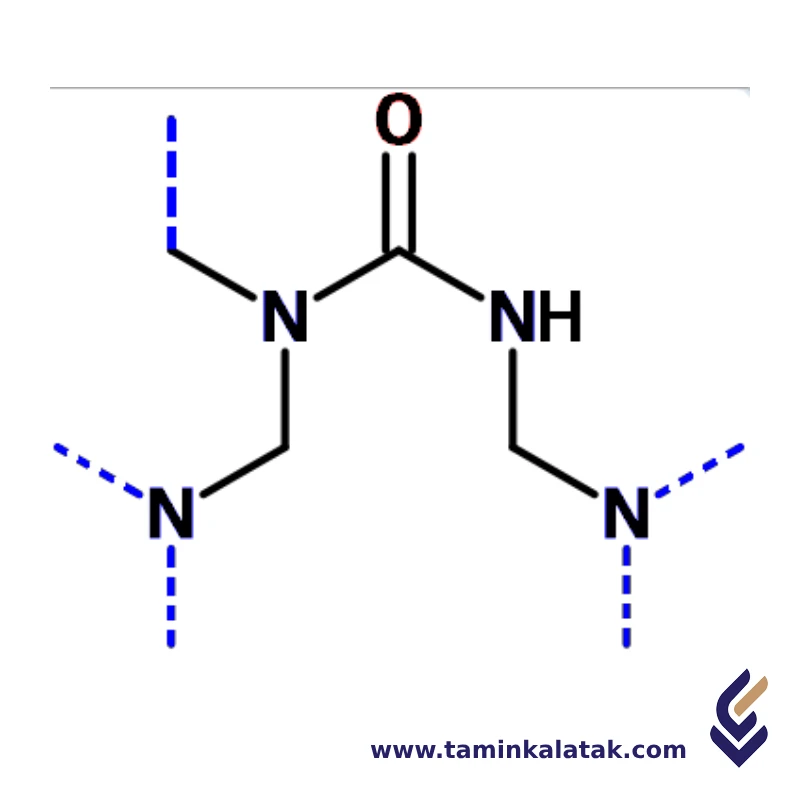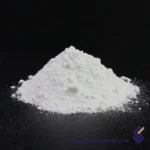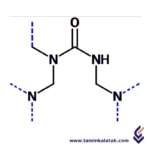Polymers are made up of very large molecules made up of many repeating units called monomers, which ultimately form this long polymer chain
A compound is a polymer blend mixed with additives, fillers, and reinforcements to achieve specific properties for end-use applications. A masterbatch is a concentrated mixture of additives or pigments in a carrier resin, used to enhance plastics without altering their base properties.
Urea/Formaldehyde resins (UF)
Urea-formaldehyde (UF) resins are a class of thermosetting polymers formed by the reaction of urea and formaldehyde. They are widely used as adhesives, molding compounds, and finishes due to their high strength, hardness, and cost-effectiveness.
Structure Urea/Formaldehyde resins
Urea-formaldehyde (UF) resins have a complex three-dimensional network structure formed through the polymerization of urea and formaldehyde. Initially, formaldehyde reacts with urea in a stepwise condensation reaction, forming hydroxymethylated urea derivatives. These intermediates further undergo polycondensation, creating methylene (-CH2-) and methylene ether (-CH2OCH2-) linkages that interconnect the molecules. As the reaction progresses, cross-linking increases, resulting in a rigid, highly branched, and thermosetting polymer. The final cured resin consists of an extensive network of interconnected urea and formaldehyde units, giving it high strength and durability. However, the presence of residual unreacted formaldehyde can lead to emissions, which is a concern in certain applications.
Properties Urea/Formaldehyde resins
Urea-formaldehyde resins possess a range of properties that make them suitable for various applications. They exhibit high tensile strength, hardness, and rigidity, making them ideal for use in adhesives and molded products. These resins have good thermal resistance but are sensitive to prolonged exposure to moisture, which can lead to degradation over time. They are lightweight and provide excellent surface finish, contributing to their widespread use in wood-based panel products such as plywood and medium-density fiberboard. Urea-formaldehyde resins cure quickly and are cost-effective, but they can be brittle and prone to cracking under stress. One of their major drawbacks is the emission of formaldehyde gas, which raises environmental and health concerns. To address this, modified formulations and formaldehyde scavengers are often used to reduce emissions while maintaining their desirable mechanical and adhesive properties.
Applications of Urea-Formaldehyde Resins
- Used as adhesives in plywood, particleboard, and medium-density fiberboard (MDF) manufacturing.
- Employed in molding compounds for electrical fittings, buttons, and household items.
- Used as a surface coating in textiles, paper, and laminates to enhance durability.
- Found in insulation materials, including certain types of foams for thermal insulation.
- Utilized in the automotive and construction industries for bonding and finishing applications.
Advantages of Urea-Formaldehyde Resins
- High strength and rigidity, making them suitable for load-bearing applications.
- Fast curing properties, improving manufacturing efficiency.
- Cost-effective compared to other synthetic resins like phenol-formaldehyde.
- Excellent adhesion to wood and other porous materials.
- Good electrical insulation properties, making them useful in electrical components.
Disadvantages of Urea-Formaldehyde Resins
- Brittle nature, leading to cracks under mechanical stress.
- Poor moisture resistance, causing degradation in humid conditions.
- Formaldehyde emissions, which raise health and environmental concerns.
- Limited flexibility, making them unsuitable for applications requiring elasticity.
- Reduced durability compared to phenolic resins, especially under prolonged heat or moisture exposure.
Applications
| Applications | , , , , |
|---|
Urea/Formaldehyde resins (UF)
| Products | Viscosity(mPa.s) | Density (g/mm3) | Applications | Data Sheet | MSDS |
|---|---|---|---|---|---|
| Urea formaldehyde resins | 100-600 | 1.2-1.3 | Wood Adhesives Molding Compounds Paper and Textile Finishing Laminates and Coatings Insulation Materials Automotive and Construction |










